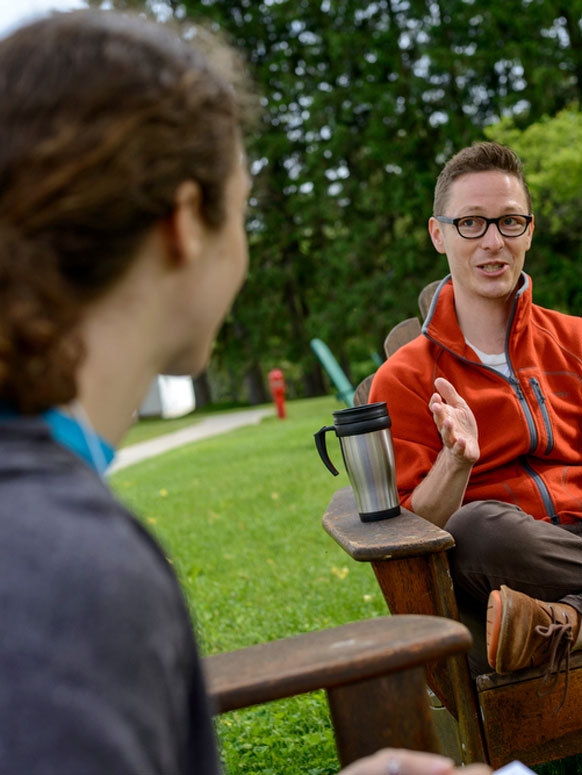
Card 1
Subtitle here
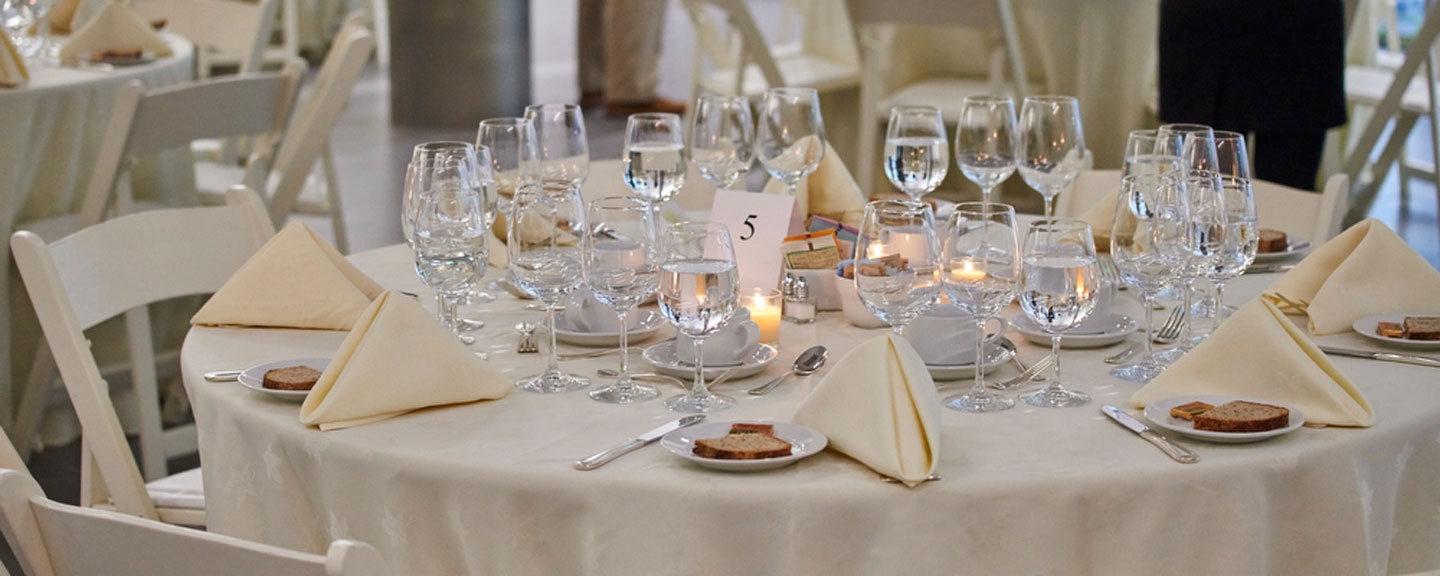
This is your opening sentence that positions your office or center in the context of Middlebury’s mission, ideally in an active voice that speaks from the visitor’s perspective in terms of what they will gain from viewing this site.
This is a text component with introductory language that gives an overview of the office. It should describe what services and/or resources your office provides. Use active language that speaks to the visitor and directly addresses what they might be looking for by visiting your site.
This is where you could put temporary important information that you want students and faculty to see right away, such as deadlines or upcoming schedule changes. You can include a link to more information or it can be self-contained here.
More about Announcement Topic.
You can use a Link List component when you want to include a grid-like representation of important—and often visited—pages within your site. You can also link to related content on other Middlebury sites, but note that will take people away from this page.
Find important information about XYZ
Find important information about XYZ
XYZ Office also offers helpful information
Choose from Big Numbers (shown here) or Basic (bar, pie, donut, etc.)
This component provides space for up to four separate but related stories/teasers. They can link somewhere else within the site or stand alone, with or without descriptive text below the image.
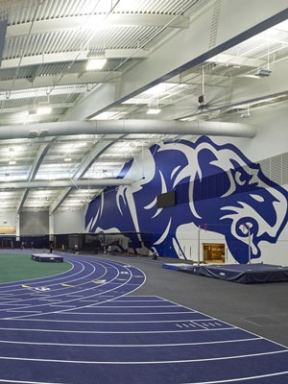
Descriptive text
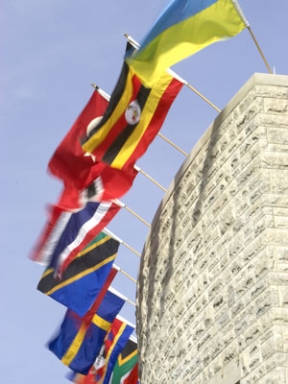
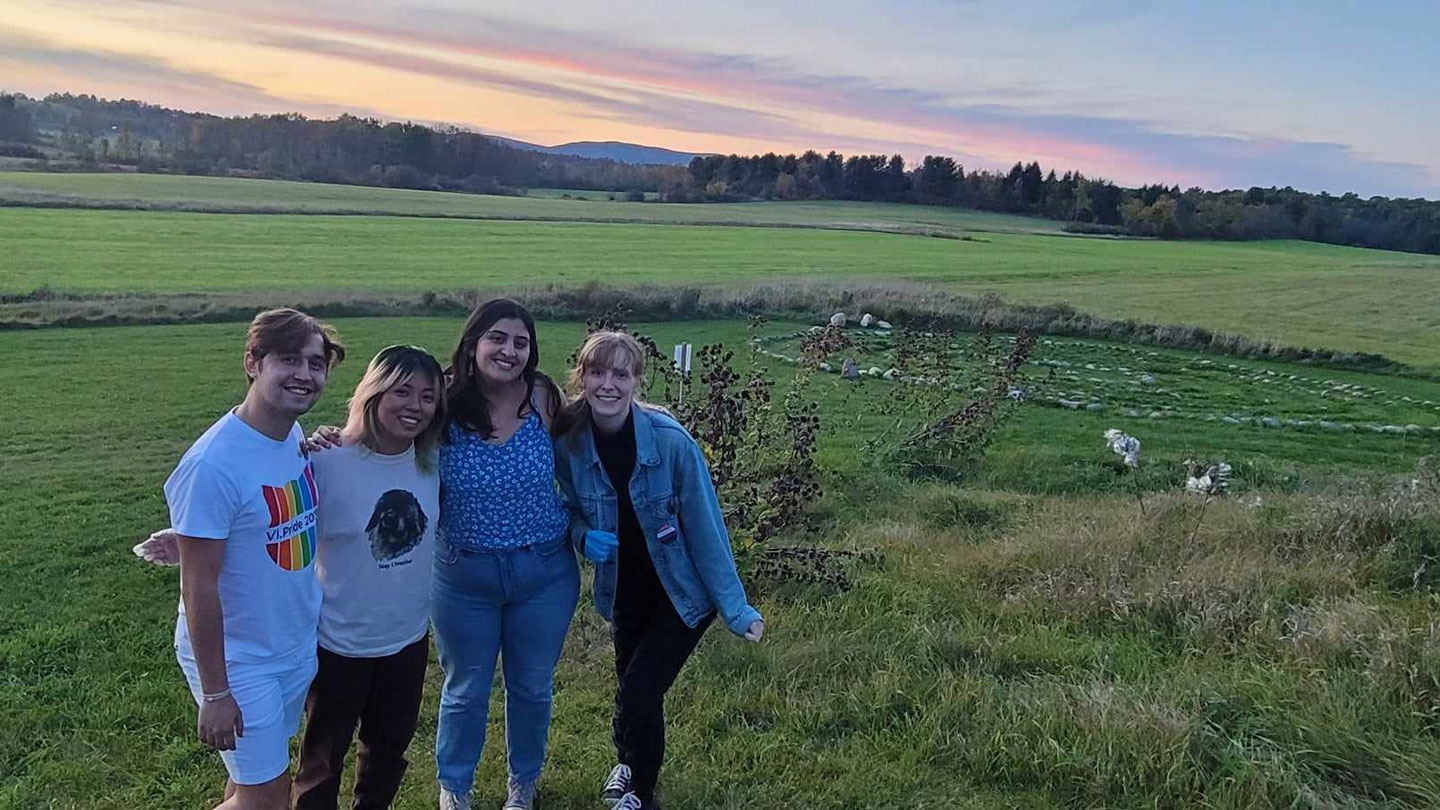
This is where you could feature something timely, such as a recent award, a new program or initiative, or faculty/student research. You can then link to a place in the site where that info is expanded on, but a link is not required.
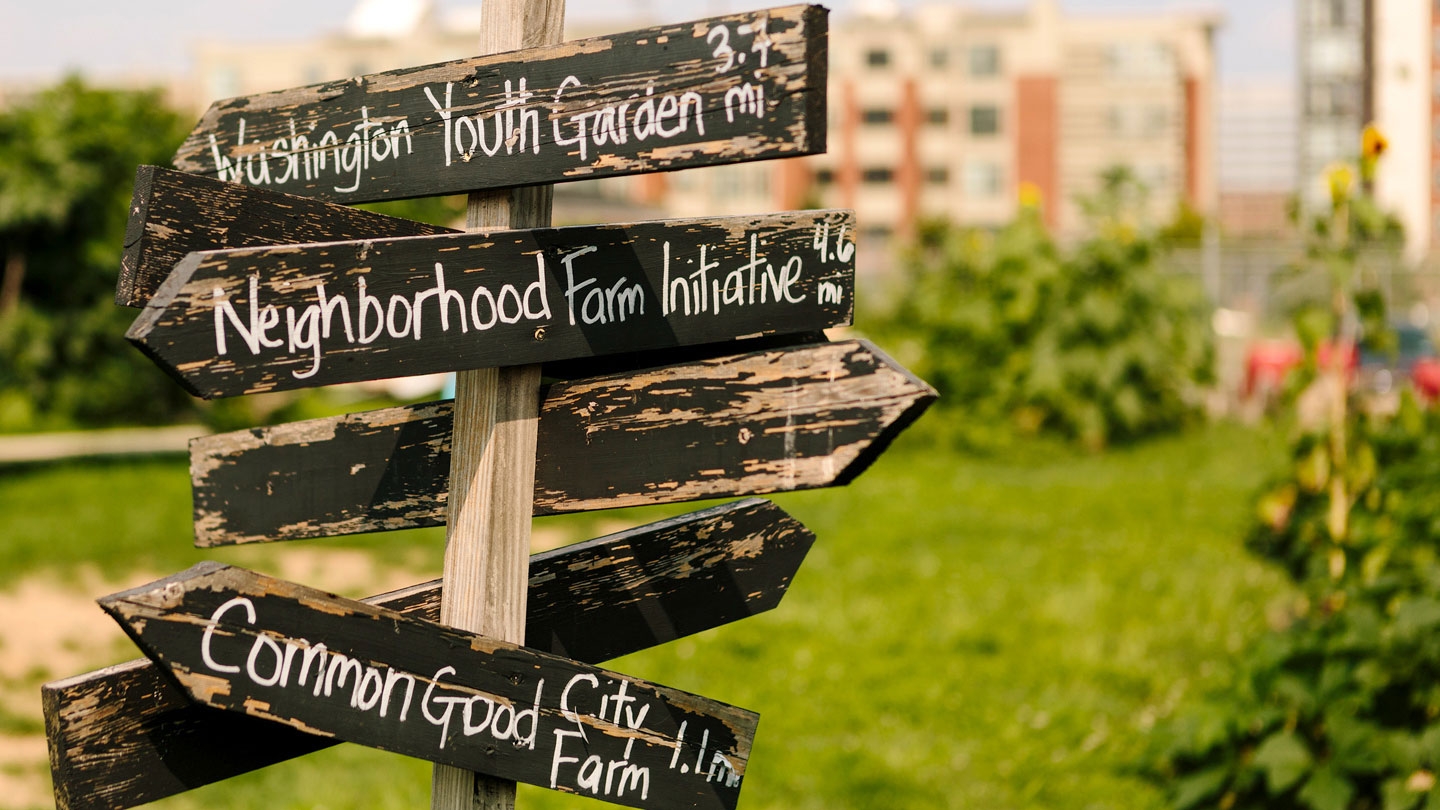
A themed panel is a great way to show multiple aspects of a related topic, such as featured projects, upcoming events, or alumni activity.
This allows you to pull your organization’s events (upcoming, past, all) from 25Live.
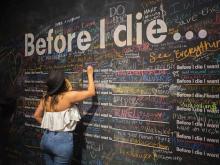
This interactive public art installation invites members of the Middlebury community to reflect on what matters most. By sharing personal hopes and aspirations on a communal wall, the project fosters connection, introspection, and a celebration of our shared humanity. Inspired by the global Before I Die project, this installation transforms public space into a canvas for gratitude, memory, and possibility.
Mahaney Arts Center Lower Lobby
Open to the Public
Free

This interactive public art installation invites members of the Middlebury community to reflect on what matters most. By sharing personal hopes and aspirations on a communal wall, the project fosters connection, introspection, and a celebration of our shared humanity. Inspired by the global Before I Die project, this installation transforms public space into a canvas for gratitude, memory, and possibility.
Mahaney Arts Center Lower Lobby
Open to the Public
Free

This interactive public art installation invites members of the Middlebury community to reflect on what matters most. By sharing personal hopes and aspirations on a communal wall, the project fosters connection, introspection, and a celebration of our shared humanity. Inspired by the global Before I Die project, this installation transforms public space into a canvas for gratitude, memory, and possibility.
Mahaney Arts Center Lower Lobby
Open to the Public
Free
This allows you to choose any events from 25Live that you want to appear. They can be from organizations other than your own, such as those you co-sponsor.
Dana Auditorium (Sunderland Language Center)
Closed to the Public
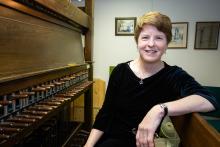
Middlebury Chapel
Open to the Public
You can add this component to your homepage and it will pull the top three stories from your newsroom. You can include a link, such as Read More, to your actual News subpage.
This is a teaser blurb that appears beneath your story title on the News page.
You can include an image or not.
This component allows you to group together a series of Calls to Action—actions you want someone to take when visiting your site.
Do This Thing